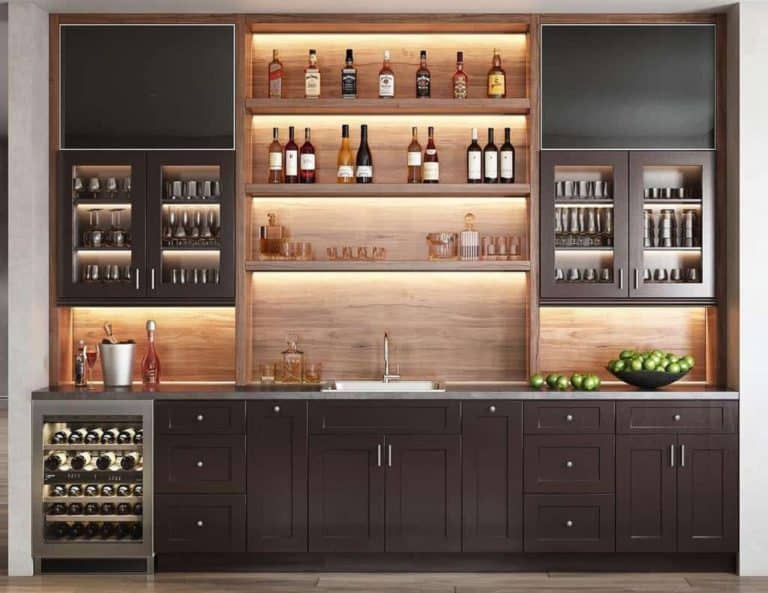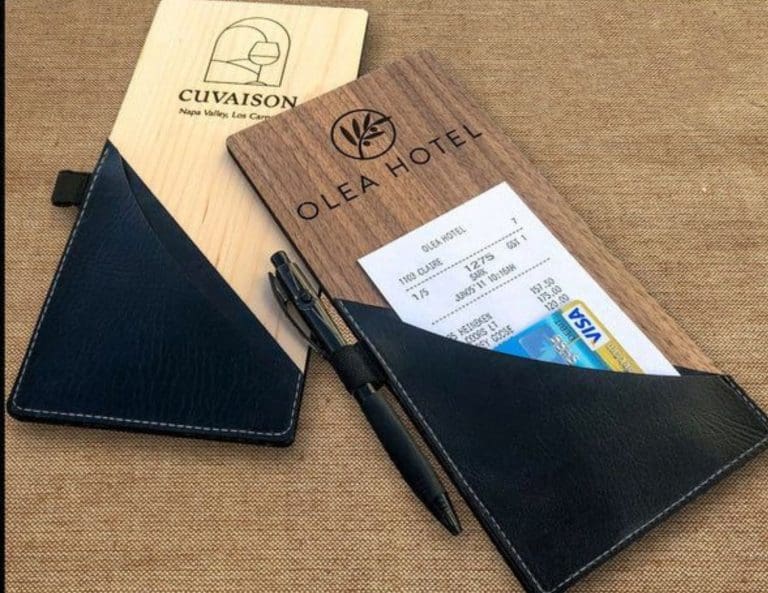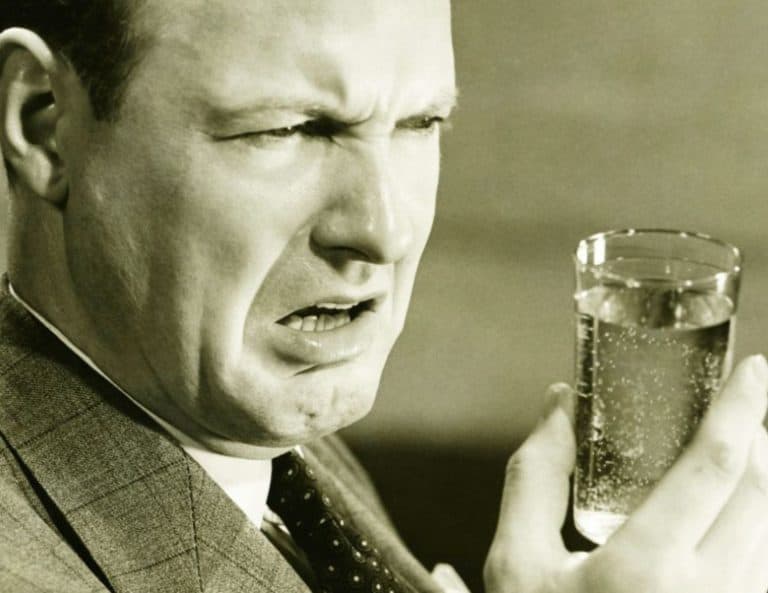Looking for the best hotel deals? Wondering what exactly is a rack rate in the hotel industry? You’ve come to the right place!
If you’re short on time, here’s a quick answer to your question: Rack rate is the standard rate set by a hotel for a particular room type before any discounts or promotions are applied.
In this article, we will delve into the concept of rack rates in hotels, why they exist, how they are determined, and how you can make the most of them to get the best value for your money.
What is a Rack Rate?
A rack rate is the standard rate charged by a hotel for a particular room or service. It is the highest rate listed on the hotel’s rate card or website, often referred to as the “published rate.” This rate is typically set by the hotel management and serves as a reference point for other rates and discounts offered by the hotel.
Definition of Rack Rate
The rack rate is the base price at which a hotel room is sold to guests before any discounts or special offers are applied. It is the standard rate that a guest would pay for a room without any negotiations or benefits. The rack rate is usually set by considering factors such as the hotel’s location, amenities, reputation, and demand for rooms. While the rack rate is the highest price, it is important to note that most guests rarely pay this rate due to the availability of various discounts and promotions.
Importance of Rack Rates
The rack rate serves as a benchmark for hotels to establish their pricing strategies. By setting a higher initial price, hotels have the flexibility to offer discounts and promotions to attract guests. It also helps hotels maintain a consistent pricing structure and ensures that all guests are treated fairly. The rack rate is particularly important for business travelers, as many companies have travel policies that require employees to book rooms at the rack rate or below. Additionally, the rack rate is used as a reference point for negotiations with travel agencies, tour operators, and corporate clients.
Factors Influencing Rack Rates
When it comes to setting rack rates in hotels, several factors come into play. These factors determine the price at which a hotel room is sold to guests. Let’s take a closer look at some of the key factors influencing rack rates:
Seasonality and Demand
The time of year and the level of demand greatly impact rack rates. During peak seasons or events, such as holidays or major conferences, hotels tend to increase their rates due to the high demand. Conversely, during off-peak seasons, hotels may offer discounted rates to attract guests and fill their rooms. This fluctuation in rates ensures that hotels maximize their revenue while also catering to varying customer preferences.
Location and Competition
The location of a hotel plays a crucial role in determining its rack rates. Hotels situated in prime locations, such as city centers or popular tourist destinations, often have higher rates due to their convenient access to attractions and amenities. Additionally, competition among hotels in the same area also influences rack rates. Hotels strive to offer competitive rates to attract guests in a saturated market, leading to price adjustments based on the offerings and reputation of nearby establishments.
Room Type and Amenities
The type of room and the amenities it offers can significantly impact rack rates. Hotels typically categorize their rooms into various types, such as standard, deluxe, or suites, each with different pricing levels. The inclusion of amenities like a spa, pool, or gym also contributes to rate differentials. Guests are willing to pay more for rooms with additional features and services that enhance their stay, leading to varying rates based on the perceived value provided.
Hotel Brand and Reputation
The brand and reputation of a hotel can influence its rack rates. Well-established and reputable hotel brands often command higher rates due to their brand equity and the trust they have built with customers over time. Guests are willing to pay a premium for the assurance of quality and exceptional service associated with these brands. On the other hand, smaller or independent hotels may offer lower rates to attract guests and establish their reputation in the market.
Understanding the factors that influence rack rates can help both hoteliers and guests make informed decisions. Hoteliers can set competitive rates that maximize revenue, while guests can choose accommodations that align with their preferences and budget. It’s important to consider these factors when planning a trip or managing a hotel’s pricing strategy.
Negotiating the Rack Rate
When to Negotiate
Negotiating the rack rate at a hotel can be a great way to save money on your stay. However, it’s important to know when it’s appropriate to negotiate. Generally, it’s best to negotiate during off-peak seasons or when the hotel has low occupancy rates. During these times, hotels are more likely to be flexible with their rates in order to fill up their rooms. On the other hand, trying to negotiate during peak seasons or when the hotel is fully booked may not yield the same results.
Tips for Successful Negotiations
When negotiating the rack rate, there are several tips that can help increase your chances of success. First, it’s important to do your research and have a clear understanding of the average rates for similar hotels in the area. This will give you a baseline to work with and help you determine a reasonable rate to negotiate for.
Additionally, it’s a good idea to be flexible with your travel dates. If you can be flexible, you may be able to take advantage of last-minute deals or discounted rates that the hotel may offer. Similarly, being flexible with your room preferences can also work in your favor. If the hotel has a variety of room types available, they may be more inclined to negotiate a lower rate if you’re willing to accept a different room category.
When negotiating, it’s important to be polite and respectful. Remember that the hotel staff are just doing their job, and being rude or demanding is unlikely to get you anywhere. Instead, approach the negotiation with a friendly and courteous attitude, and be open to compromise. This will create a more positive and productive atmosphere for negotiation.
Lastly, consider leveraging any memberships or affiliations you may have. Many hotels offer discounts to members of certain organizations or loyalty programs. If you’re a member of such a program, don’t hesitate to mention it during the negotiation process. This could potentially result in additional savings or benefits.
Remember, negotiating the rack rate is not guaranteed to be successful every time. However, by following these tips and approaching the negotiation process with a positive mindset, you may be able to secure a better rate for your hotel stay.
Discounts and Promotions
Understanding Discounts
Discounts play a crucial role in helping travelers save money on hotel stays. Hotels offer various types of discounts to attract guests and fill their rooms. Understanding these discounts can make a significant difference in your travel budget.
One common type of discount is the senior discount, which is available for individuals who are 55 years old or older. Hotels may also offer discounts for military personnel or AAA members. It’s important to inquire about these discounts when making a reservation, as they may not always be advertised.
Another popular discount is the advance purchase discount. By booking your stay in advance, you can often secure a lower rate. However, it’s essential to read the terms and conditions of this discount, as it may be non-refundable or have strict cancellation policies.
Hotels may also offer weekday discounts or last-minute deals. Weekday discounts are typically available for stays from Sunday to Thursday, when hotels are less busy. Last-minute deals, on the other hand, can be a great way to save money if you’re flexible with your travel plans.
Types of Promotions
In addition to discounts, hotels also run various promotions to attract guests. These promotions often come in the form of package deals or added amenities.
One common promotion is the stay-and-dine package. This package includes a discounted room rate along with a meal or dining credit. It allows guests to enjoy a convenient dining experience without having to leave the hotel.
Hotels may also offer spa packages or golf packages for guests who are looking to relax or pursue their hobbies during their stay. These packages often include discounted rates on spa treatments or rounds of golf.
Another popular promotion is the loyalty program. Many hotel chains have their loyalty programs that offer exclusive discounts, rewards, and perks to frequent guests. It’s worth signing up for these programs if you frequently stay at a particular hotel brand.
How to Find the Best Deals
When looking for the best deals on hotel stays, it’s important to do your research. Start by comparing prices on different booking websites, such as Booking.com or Expedia. These websites often offer discounts and promotions that may not be available when booking directly with the hotel.
It’s also a good idea to sign up for newsletters or follow hotels on social media. Hotels often announce exclusive deals and promotions to their subscribers or followers. By staying informed, you can take advantage of these limited-time offers.
Finally, consider booking during the hotel’s off-peak season or weekdays when rates tend to be lower. Being flexible with your travel dates can help you find the best deals and save money on your hotel stay.
Making the Most of Rack Rates
When it comes to booking a hotel, understanding rack rates can help you save money and get the best value for your stay. Rack rates are the standard rates set by hotels before any discounts or promotions are applied. By knowing how to make the most of rack rates, you can take advantage of various strategies to get the best deal on your hotel reservation.
Timing Your Booking
Timing is crucial when it comes to getting the best rack rate. Hotels often offer lower rates during off-peak seasons or when there is low demand. By booking your stay during these periods, you can secure a lower rack rate and potentially save a significant amount of money. Additionally, last-minute bookings can sometimes result in discounted rack rates as hotels try to fill their empty rooms. Keep an eye out for flash sales or limited-time offers that can provide even greater savings.
Leveraging Loyalty Programs
If you frequently stay at a particular hotel chain, joining their loyalty program can be a game-changer. Loyalty programs often offer exclusive discounts and perks to their members, including discounted rack rates. By accumulating points through your stays, you can unlock even greater benefits such as free upgrades or complimentary breakfast. Take advantage of these loyalty programs to maximize your savings and enhance your overall hotel experience.
Combining Rack Rates with Other Offers
Hotels often run promotions or special offers that can be combined with rack rates to provide even greater savings. These offers can include discounted rates for longer stays, package deals that include meals or activities, or complimentary upgrades. By keeping an eye out for these promotions and combining them with the already discounted rack rate, you can enjoy a fantastic deal on your hotel reservation. Don’t forget to check the hotel’s official website or trusted travel websites for these offers and take advantage of them before they expire.
Remember, understanding rack rates and implementing these strategies can help you save money and get the most out of your hotel stays. By timing your bookings, leveraging loyalty programs, and combining rack rates with other offers, you can enjoy a great hotel experience without breaking the bank.
Conclusion
Understanding the concept of rack rates in the hotel industry can give you an edge when it comes to booking the perfect accommodation at the best possible price.
By knowing what rack rates are, how they are determined, and how to leverage them, you can make informed decisions and save money on your next hotel stay.
So, the next time you’re planning a trip, remember to consider the rack rate and explore all the available options to make your stay both enjoyable and affordable. Happy travels!






